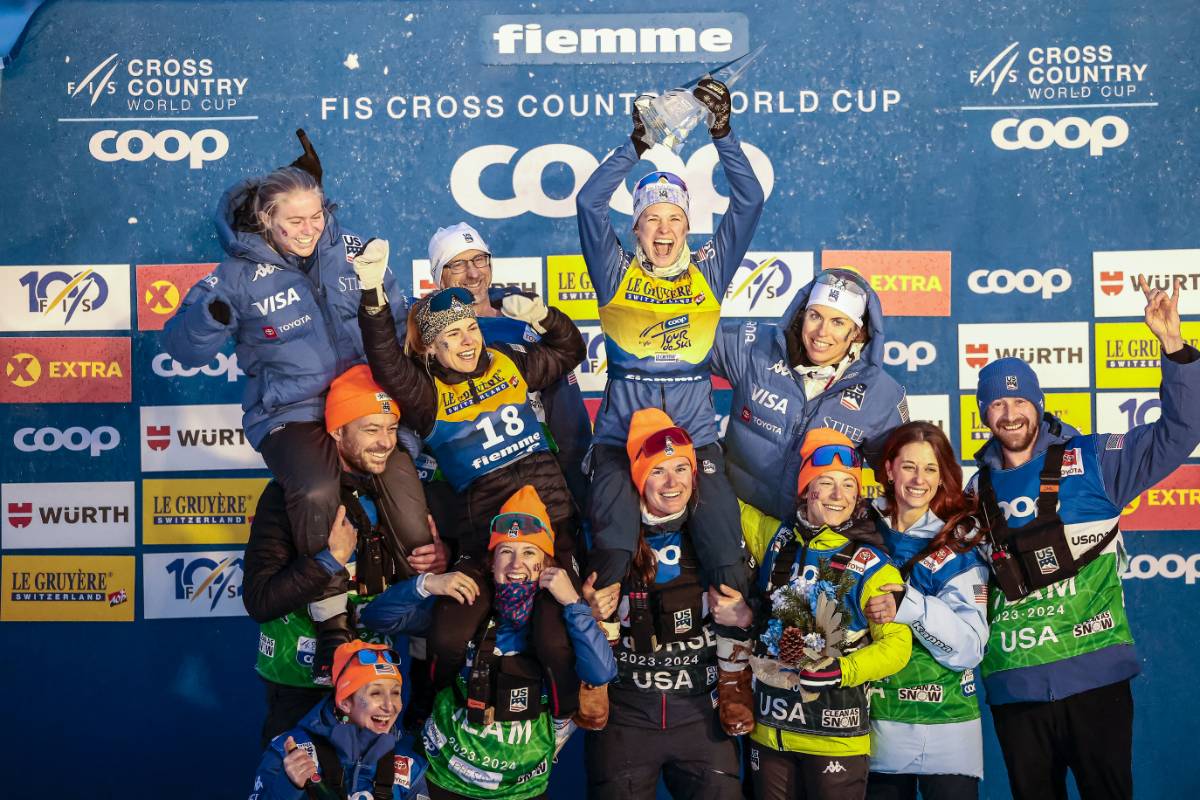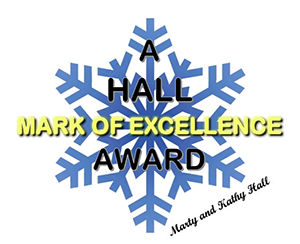 This coverage is made possible through the generous support of Marty and Kathy Hall and A Hall Mark of Excellence Award. To learn more about A Hall Mark of Excellence Award, or to learn how you can support FasterSkier’s coverage, please contact info@fasterskier.com.
This coverage is made possible through the generous support of Marty and Kathy Hall and A Hall Mark of Excellence Award. To learn more about A Hall Mark of Excellence Award, or to learn how you can support FasterSkier’s coverage, please contact info@fasterskier.com.
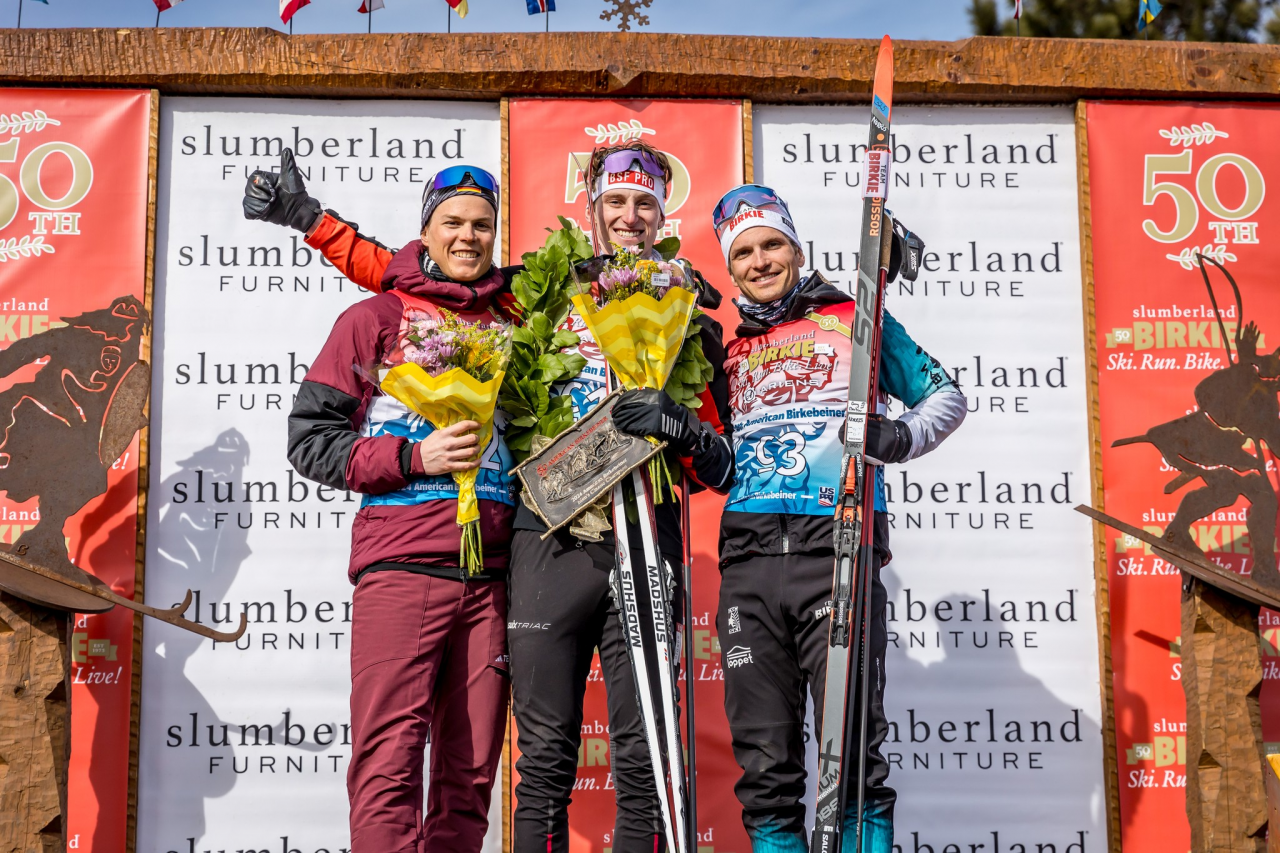
Most people visiting FasterSkier are probably familiar with the lives led by the American “A” team athletes. Their lifestyles and races are thoroughly documented. But, with the addition of new racers for North American World Cup events, due to the host nations being allotted extra positions, it’s time to look in on some lesser known names and learn what their lives are like.
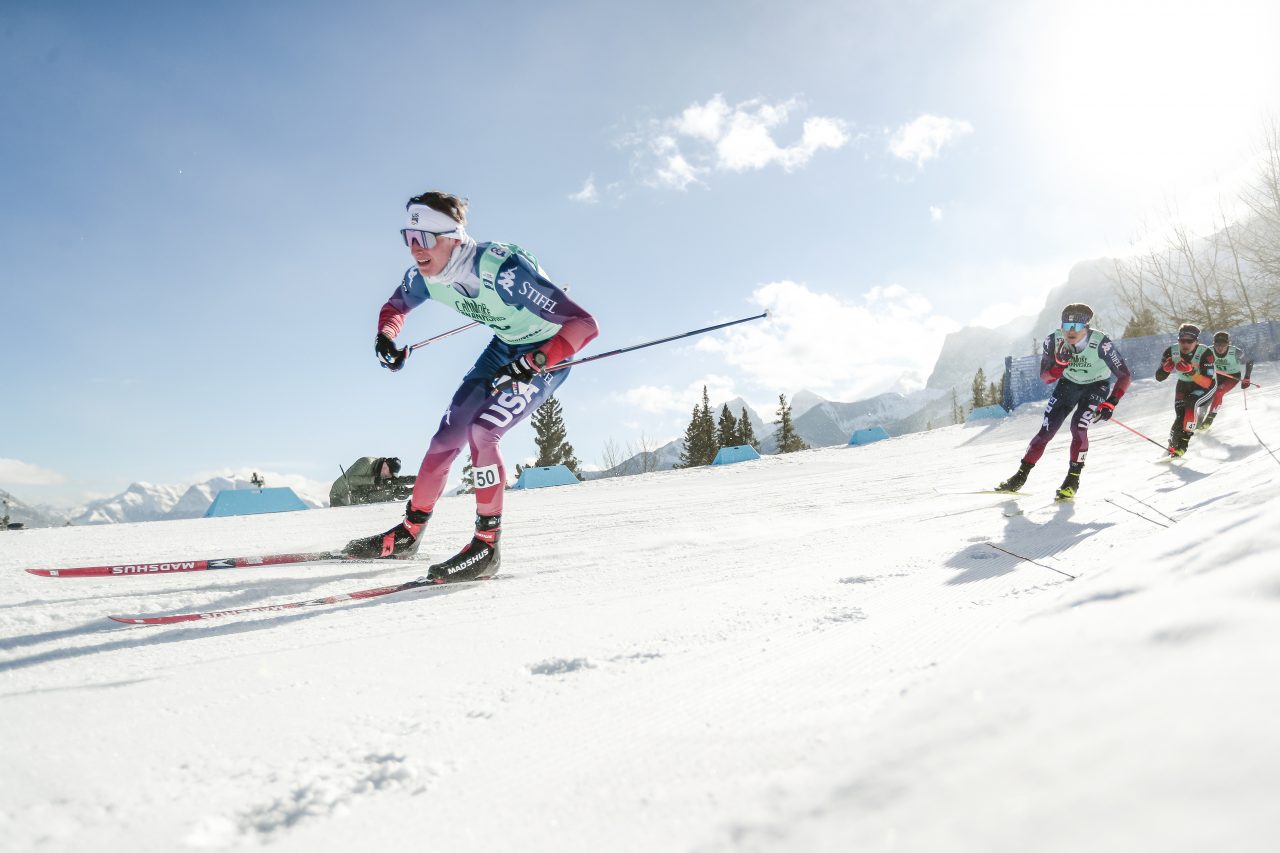
Reid Goble is a 24 year old American who races for the Bridger Ski Foundation (BSF), and lives in Bozeman, Montana. He got the call up to join the U.S. squad for the North American World Cups after the Super Tour races in Lake Placid, New York, only a couple of weeks before he would be racing in Canmore. His plan was to race Canmore and Minneapolis, then travel to Wisconsin and ski the Birkie 50-kilometer Freestyle on Saturday, and then the 30- kilometer Classic race Sunday. However, illness forced him to modify his plans, and he decided to skip the Freestyle Saturday and ski the Classic on Sunday. Still feeling under the weather, he nonetheless managed to go out and win the Classic race finishing ahead of some stiff competition; edging out David Norris (USA) and Scott Patterson (USA).
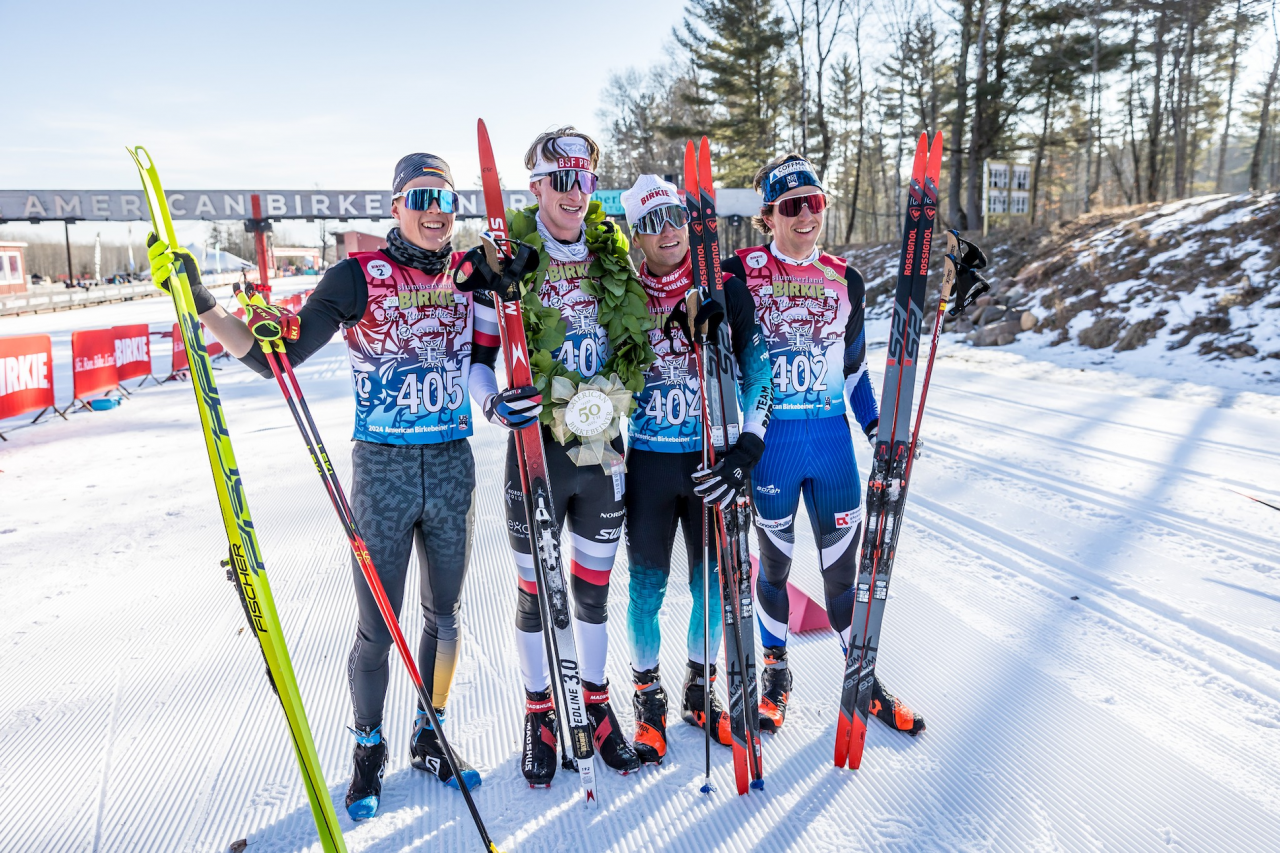
For Goble, the weeks spent racing between Canmore and Hayward were the most exciting of his ski career. “[Making the World Cup has been] one of my main goals,” Goble said. “And it was exciting to make it, but it’s not everything. It’s the stuff you do along the way that counts.” But checking that box isn’t Goble’s end goal. “I want to do well on the World Cup, not just make it.”
The life of a professional skier who isn’t on the national team is in some ways similar to that of a national team member, but is also starkly different. Goble competes regularly on the U.S. Super Tour, noting that the BSF provides great support, but that he still is responsible for much of his own financing. In fact, a fundraiser was held recently in his native Michigan for Goble and his sister Sarah—who also competes professionally— with local ski areas and ski shops donating prizes to help raise money.
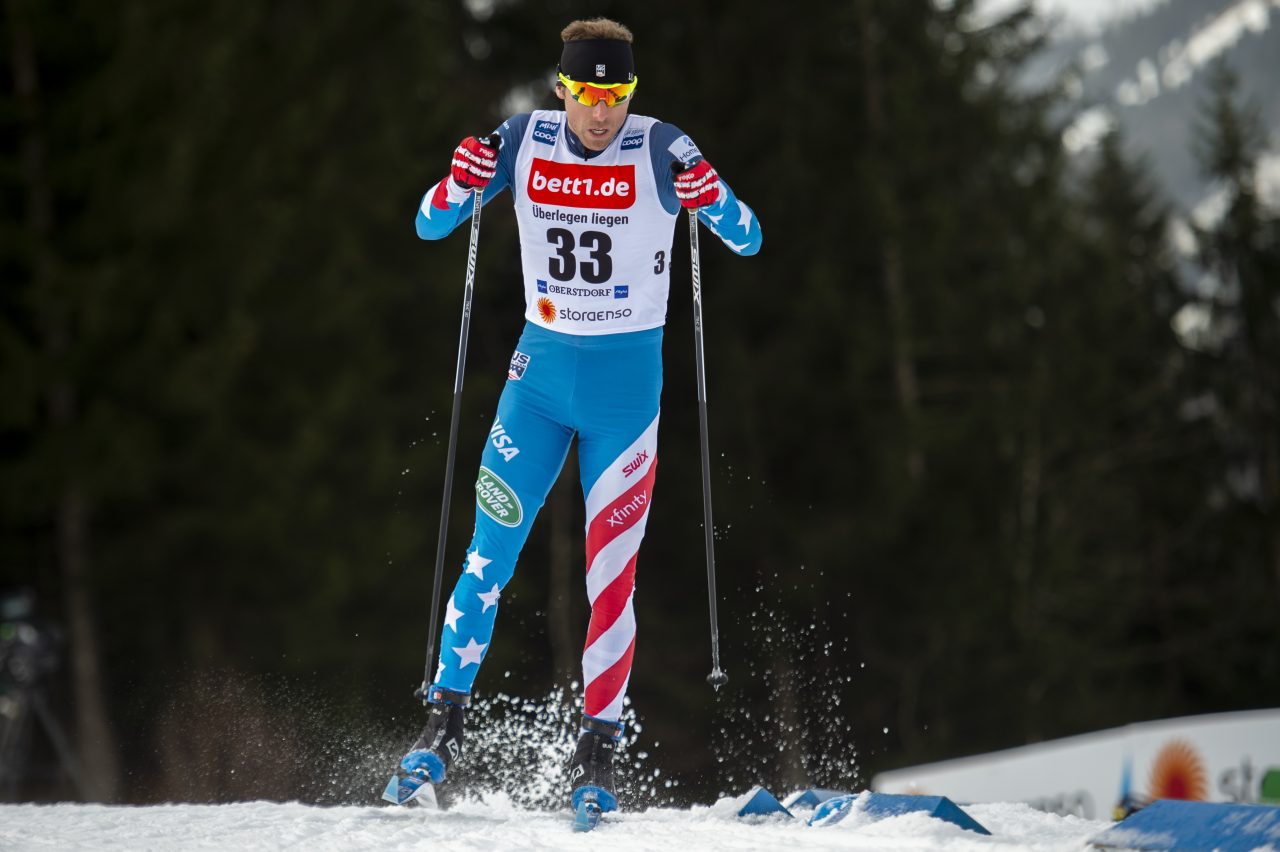
He is coached by Andy Newell at BSF, and the Foundation provides a good basic amount of support, but doesn’t cover everything. “We do very well with fundraising. Fundraising is hard, but BSF supports us generously. Most of us have part time jobs and support ourselves through that as well.”
Goble works part time as a home health care aid to help pay for his expenses and day to day living costs. It’s a job that not only helps to pay the bills, but also dovetails nicely with what he hopes will one day be his future career as he plans to attend medical school after his racing days are over. He isn’t rushing to walk away from ski racing, but realizes he needs to plan for the future.
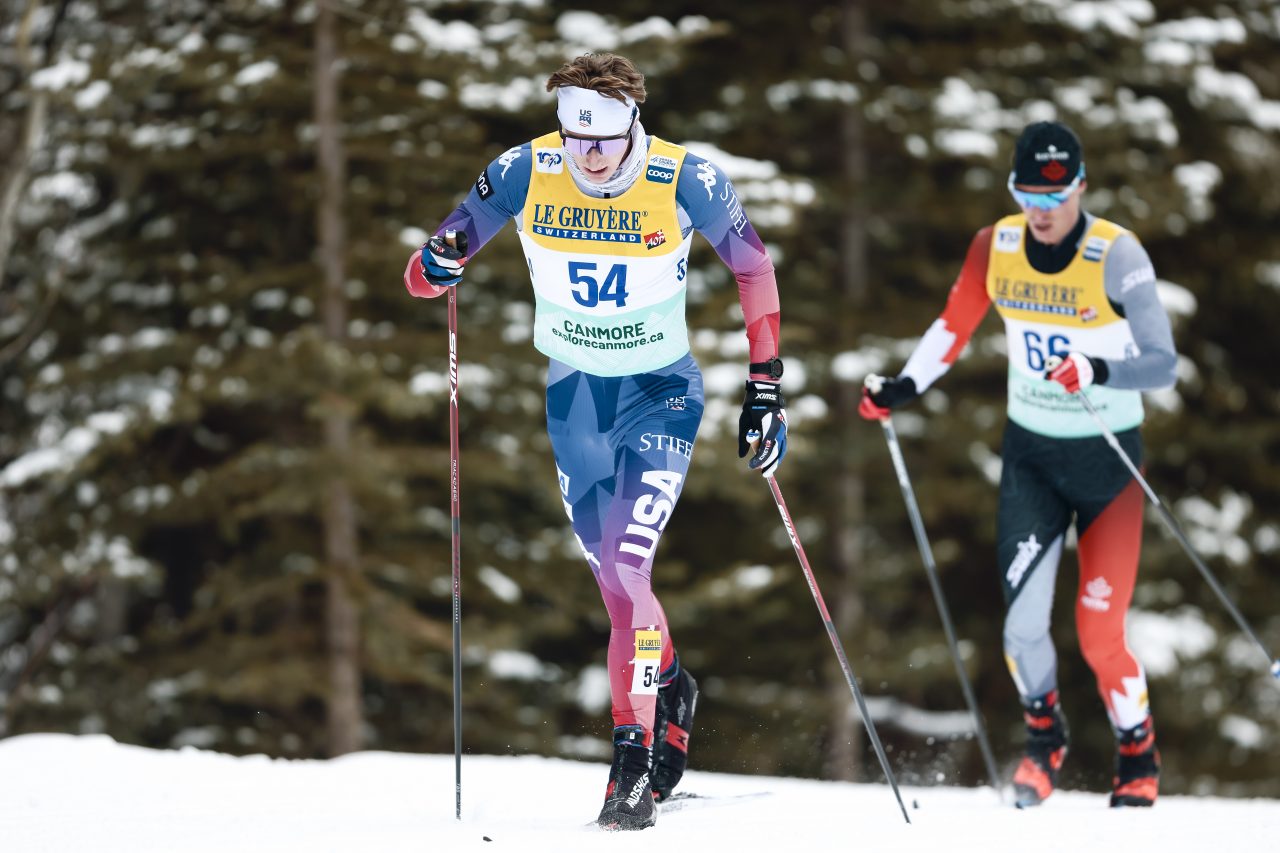
Reid Goble (USA) racing in Canmore in his first ever weekend of World Cup skiing. (Photo: NordicFocus)
Unfortunately, Goble was ill for much of his World Cup experience, so his Birkie victory was particularly sweet. “It’s a special experience,” he said. Even in a terrible snow year like this one it was still special. “We’re driving into Hayward, and there’s no snow, and then you get to the Birkie course, and they have 10k of trail. I don’t how they did that. It’s really impressive and you definitely can’t complain. It was fun that you got to do laps and people got to cheer for you. It was kind of special.” He noted that after Saturday’s race one hill was removed from the course which had presented problems with numerous falls. This change allowed the top contenders—and Goble, himself—to double pole the entire course.
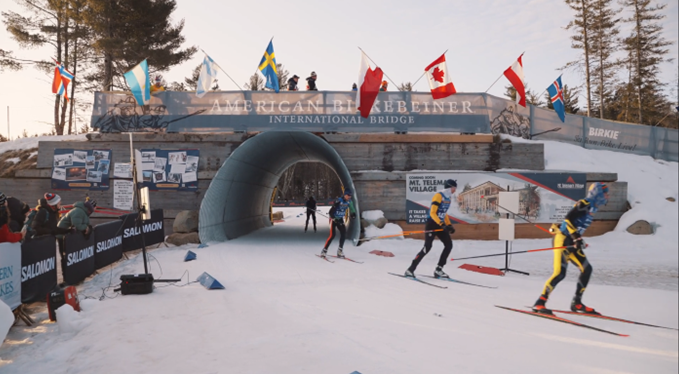
Racing the World Cup in the Nations Quota group is a little different. With 12 athletes starting each race, the wax technicians are spread thin. “Andy came up and waxed for all the BSF athletes,” Goble said. “And other clubs had their coach come and wax. It was collaborative, and seemed to work well.”
Racing in Minneapolis was particularly rewarding for Goble. “I got to race in front of my friends and family,” he said. “You’re also with the regular US team members, which is fun, so that was special.” Also special is the international level of competition. In the 10 k Individual Start, Goble started sandwiched between Jens Burman (SWE), and Simen Hegstad Krueger (NOR), a rather intimidating position. “Yes, Krueger is a very good skier,” Goble noted in a bit of an understatement, while also recognizing that they are human. “If they pass me and I feel good, I’m not going to not try and ski with them.” But waking up sick the morning of the Minneapolis race took a little wind out of his sails. “Normally racing sick is not the move, but this was an acceptable move, especially with Gus’ results. It was really cool to be a small part of it.”
Competing in the World Cup is a goal, but it doesn’t necessarily occupy all of Goble’s focus. “The US ski team is always a goal” he said. “But day to day and race to race, I just try to think about racing fast.” He recognizes that making the team isn’t a black and white question. “There are really good athletes who don’t perform at the right time. There has to be a cut off somewhere; this time I was on the right side.”
The work-life-training balance isn’t always easy. It’s definitely challenging to support yourself. “You sometimes have to remind yourself that doing this is still a privilege, Goble observed.” I remind myself why I’m doing this and why it’s worth it.” Goble takes a philosophical view toward the divide between his colleagues on the US team and those who race domestically. “Racing is fun if you’re doing well. It can be frustrating when you’re not doing well, at any level. It’s easy to compare yourself to other skiers but, really, you’re just trying to be the best skier you can be no matter what level that is.”
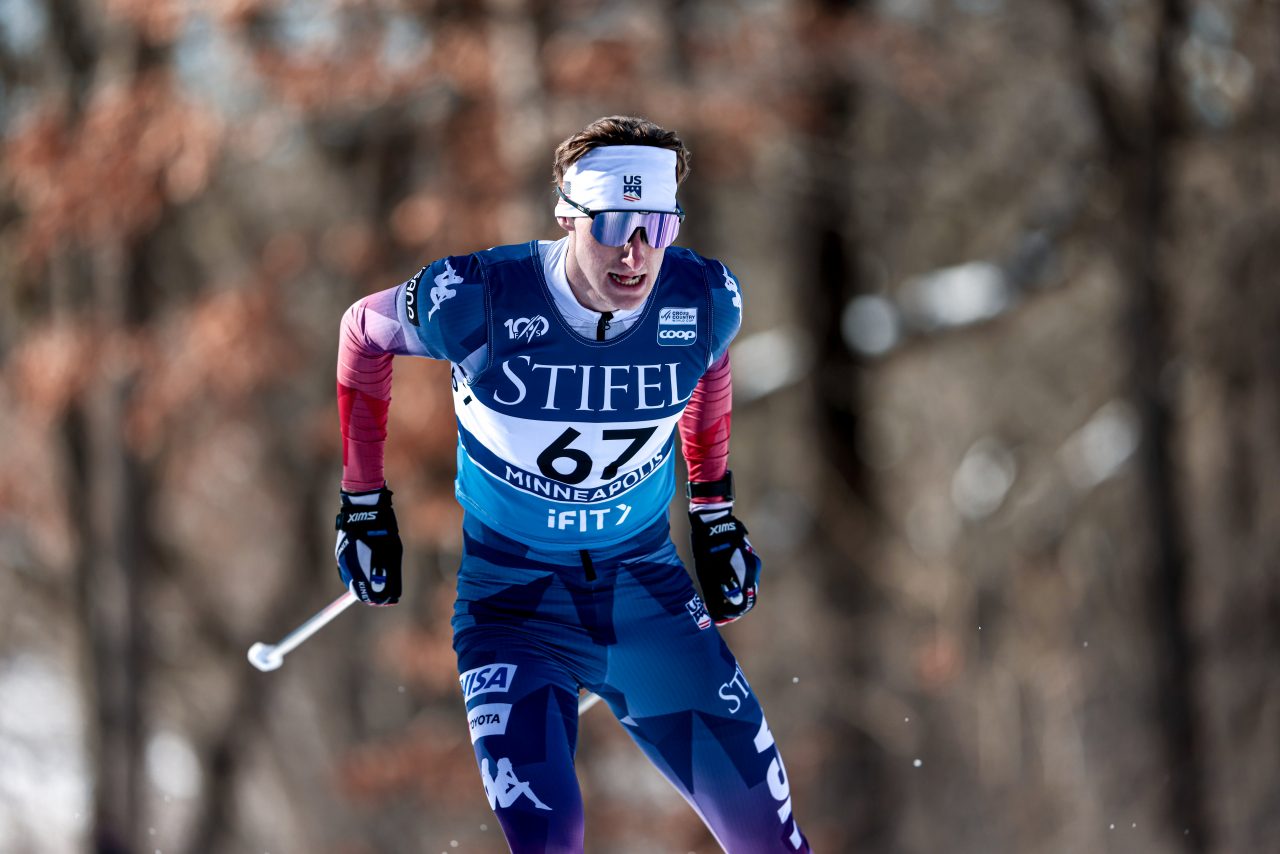
The next big stop in the race circuit for Goble will be at the end of March when the Super Tour stops in Duluth, Minnesota beginning March 21st. It’s expected that many of the U.S. team members will join the race circuit after completing World Cup racing. But in the meantime, starting this week, Goble will be back to work in his part-time job, and resume training, fundraising, and trying to live the life of a professional American skier who isn’t on the American team.

